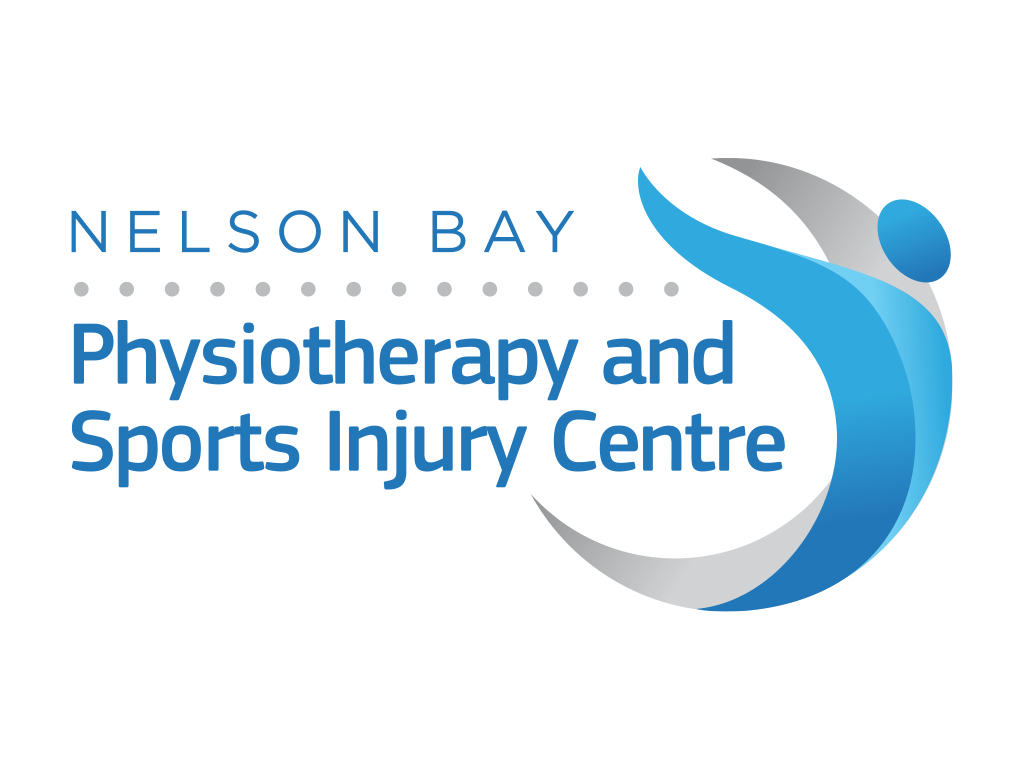What’s best for your ankle sprain?
June 18, 2019

When should you see a Physiotherapist for your ankle sprain?
Ankle sprains (rolled ankles) are one of the most common musculoskeletal injury. Most people think that a sprained ankle is a minor injury that will resolve on its own. However, research has shown that symptoms such as pain, swelling, reduction in range of motion and instability, persist in up to 30% of cases. This can lead to a reduction in exercise, sport and daily activities and can become a major burden in one’s life. Management is generally conservative which can involve immobilization, strapping, strengthening, balance training, joint mobilization, massage and jumping and landing practice.
It is beneficial to see a physiotherapist early after your injury for many reasons:
- The first reason is to ensure there is nothing fractured or anything sinister going on in your ankle such as a syndesmosis or joint surface injury. A physiotherapist is the best judge of what your specific injury requires, whether that be further investigation with scans, immobilization or early mobilization.
- There is also a high rate of re-injury with ankle sprains. If you have rolled your ankle, you are at a higher risk of doing it again and the more you do it, the more unstable it becomes. An ankle sprain will require exercises to improve stability and increase control of your ankle in everyday and athletic tasks. Therefore, if you see a physiotherapist, even for a minor injury, we can set you on the right path for prevention of further injury or re-injury in the future.
Seeing a physiotherapist for early treatment on an ankle sprain has been shown in multiple studies to have a positive effect on pain, function and swelling when compared to a delayed treatment. Early assessment and treatment result in a quicker return to function and fast-tracked rehabilitation process. This will lead on to strengthening, balance and return to work/sport specific exercises so you perform at your best.
If you sprain your ankle come in and see us so we can make sure you get the best treatment for your specific injury. We will ensure you are assessed properly and get the right treatment to get you back to what you love doing as soon as possible. Read the evidence below to know what’s best for your ankle and why seeing a physiotherapist is evidence-based.
Current Evidence for Ankle Sprain Treatment
Here is the highest level of evidence available regarding the treatment of ankle sprains. The points below confirm that if you injure your ankle don’t sit around at home, come and see us and get back on your feet earlier with less chance of future injury. Remember you don’t need a Dr.’s referral. Until then R.I.C.E.!
- There are no indications that the use of ice on its own is effective(4)
- Intermittent application of ice will reduce pain more than with standard application of ice(4)
- Ice combined with exercise therapy decreases swelling in comparison with heat(4)
- Those receiving physiotherapy intervention made significant improvements compared with those just receiving R.I.C.E. at both 6 weeks and 3 months post injury(3)
- Functional treatment (elastic bandaging, soft casting, taping or orthoses with associated coordination training) for 4 to 6 weeks is preferable to immobilisation in a cast for outcomes(1,4)
- Lace-up supports (braces) are more effective than elastic bandaging(1,4)
- Using a brace or tape reduces the risk of recurrent inversion injuries in those who are active in sports(4)
- It is unclear whether a brace is more effective than a tape. Therefore it comes down to individual preference. It is recommended to use a brace or tape to prevent a relapse(4)
- Exercise therapy, training coordination and balance, prevents recurrence in the long term (up to 12 months) and should include proprioception, strength, coordination and function maintenance(4)
- Exercise therapy should be included as much as possible into regular activities to prevent recurrences(4)
- No recommendations can be made concerning the type of shoes to prevent recurrence of ankle ligament injury(4)
- There is a role for surgical intervention in severe acute and chronic ankle injuries, but evidence is limited. Functional treatment is preferred over surgical therapy(4)
Written by: Scott Ward & Lachlan Oberg, Nelson Bay Physiotherapy & Sports Injury Centre
References
Bleakley, C.M., O’Connor, S.R., Tully, M.A., Rocke, L.G., MacAuley, D.C., Bradbury, I., Keegan, S. and McDonough, S.M., 2010. Effect of accelerated rehabilitation on function after ankle sprain: randomised controlled trial. Bmj, 340, p.c1964.
Hubbard T &.Hicks-Little C.A. Ankle Ligament Healing After an Acute Ankle Sprain: An Evidence-Based Approach. Journal of Athletic Training 2008;43(5):523–529.
Hultman K, Falstrom A & Oberg U. The effect of early physiotherapy after an acute ankle sprain Advances in Physiotherapy, 2010; 12: 65–73.
Kerkhoffs G.M., Van den Bekerom M. & Elders, L.A.M. Diagnosis, treatment and prevention of ankle sprains: an evidence-based clinical guideline. British Journal of Sports Medicine 2012 46: 854-860.
Lin, C.W.C., Hiller, C.E. and de Bie, R.A., 2010. Evidence-based treatment for ankle injuries: a clinical perspective. Journal of manual & manipulative therapy, 18(1), pp.22-28.
Hultman, K., Fältström, A. and Öberg, U., 2010. The effect of early physiotherapy after an acute ankle sprain. Advances in Physiotherapy, 12(2), pp.65-73.
Seah R. & Mani-Babu S. Managing ankle sprains in primary care: what is best practice? A systematic review of the last 10 years of evidence. British Medical Bulletin 2011; 97: 105–135
